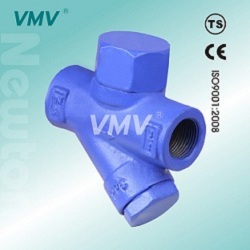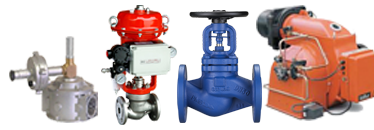Thống kê
| 3920990 | |
| Số người đang online | 8 |
| Số truy cập hôm nay | 155 |
| Số truy cập tháng này | 108201 |
Serie THERMODYNAMIC STREAM TRAP.

A steam trap is a device used to discharge condensate and non condensable gases while not permitting the escape of live steam. Nearly all steam traps are nothing more than automatic valves. They open, close or modulate automatically.
Steam traps can be split into three major types:
1. Mechanical traps. They have a float that rises and falls in relation to condensate level and this usually has a mechanical linkage attached that opens and closes the valve. Mechanical traps operate in direct relationship to condensate levels present in the body of the steam trap. Inverted bucket and float traps are examples of mechanical traps.
2. Temperature traps. They have a valve that is driven on / off the seat by either expansion / contraction caused by temperature change. They differ from mechanical traps in that their design requires them to hold back some condensate waiting for it to cool sufficiently to allow the valve to open. In most circumstances this is not desirable as condensate needs to be removed as soon as it is formed. Thermostatic traps and bimetallic traps are examples of temperature operated traps.
3. Thermodynamic (TD) traps. Thermodynamic traps work on the difference in dynamic response to velocity change in flow of compressible and incompressible fluids. As steam enters, static pressure above the disk forces the disk against the valve seat. The static pressure over a large area overcomes the high inlet pressure of the steam. As the steam starts to condense, the pressure against the disk lessens and the trap cycles. This essentially makes a TD trap a "time cycle" device: it will open even if there is only steam present, this can cause premature wear. If non condensable gas is trapped on top of the disc, it can cause the trap to be locked shut.


